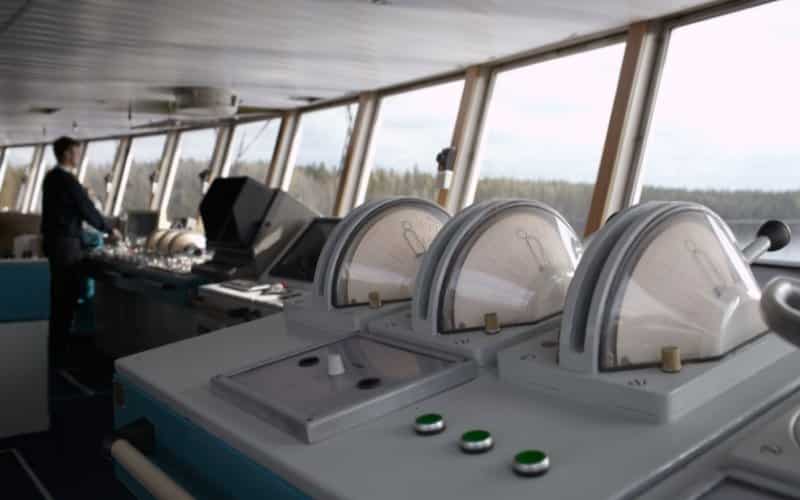

Dynamic Positioning is a very vital cog in a vessel’s operation which is mainly dedicated for offshore activities such oil exploration. Dynamic positioning systems require specially trained and skilled personnel to handle the systems at sea.
The person who mans the entire system and ensures the smooth functioning of a DP vessel is known as a DP operator. The dynamic positioning operator (DPO) needs to be trained appropriately before taking up the reins of the demanding profession. Several maritime institutes offer a recognised course in dynamic position systems successfully aiding individuals to gain the requisite knowledge. Know more about the various DP courses providers in Asia.


There are several steps that an individual needs to follow in order to qualify as a good dynamic positioning operator. These progressing graduations can be listed down as follows:
1. The very first step is to get enrolled for a basic course in a dynamic positioning training program. The course offers and individual all the primary know-how about dynamic positioning.
2. The second step involves the individual gaining practical knowledge in the subject of dynamic position. Through a month long expedition aboard a DP operating vessel, the person gains the requisite knowledge – both in theory as well in practicality.
3. A person, who has completed both the above mentioned requirements, now becomes eligible for an advanced course in dynamic positioning training. Also referred to as the DP advanced simulator course, this course enables an individual to further the knowledge gained through the basic course and the practical training.
4. The fourth step involves a person obtaining practical training – once again –aboard vessels equipped with dynamic positioning systems. The only difference between this training requirement and the previous one specified is that these vessels equipped with DP systems, need to be classified as either Grade II or III.
The individual needs to spend six months gaining, what is technically referred to as ‘watch-keeping’ expertise to be classified as a DP operator. And while individuals can opt for watch-keeping lessons with a Grade I vessel (like in Step II), their dynamic positioning operator certification would be restricted.
5. After the successful completion of six months of watch-keeping training, the chief DP operator of the Grade II or III ships issues what is known as a ‘Certificate of Suitability.’
This certificate is issued after a demonstration of the training undergone by the trainees is provided to him. This certification along with the remarks provided by chief of DP operations is forwarded to the Nautical Institute. This institute is the recognised authority for issuing the dynamic position operator’s validation certificate.
A dynamic positioning operator’s job role is quite extensive. An individual needs to be very cautious and careful so that no problems arise while the person is on active duty aboard the ship. Any carelessness or inattentiveness could lead to magnified problems for the vessel and execution of its important operations










We believe that knowledge is power, and we’re committed to empowering our readers with the information and resources they need to succeed in the merchant navy industry.
Whether you’re looking for advice on career planning, news and analysis, or just want to connect with other aspiring merchant navy applicants, The Marine Learners is the place to be.